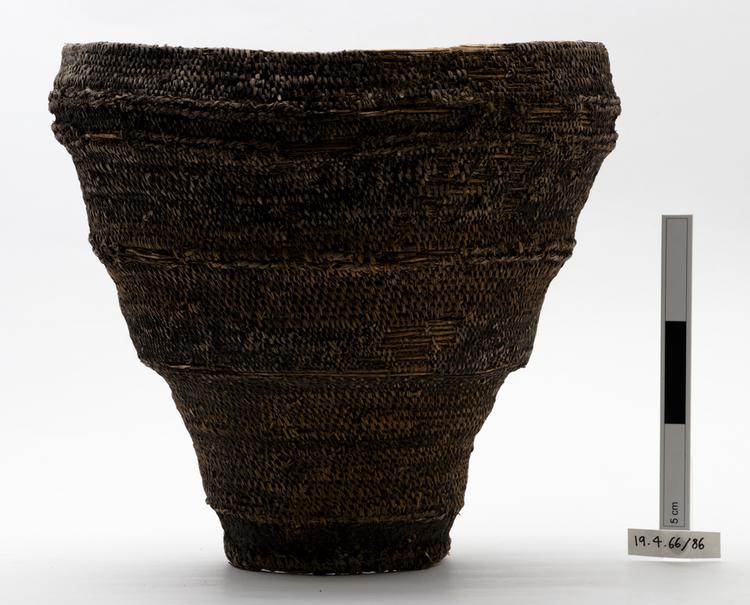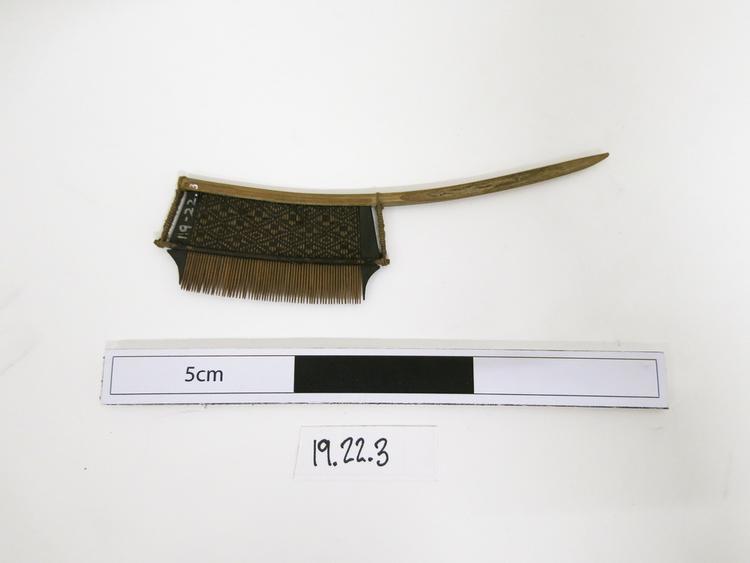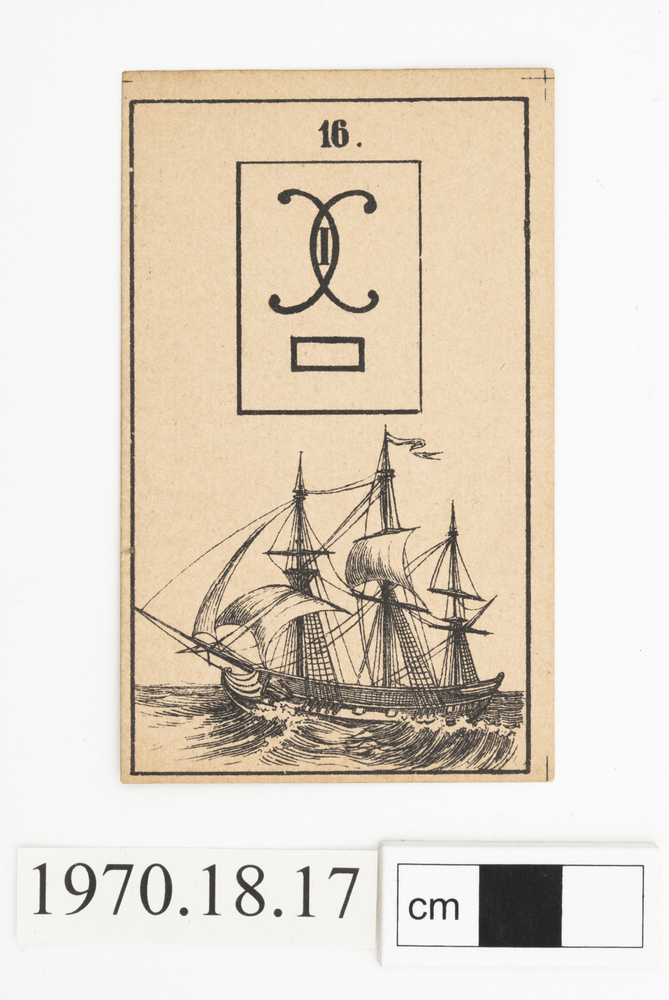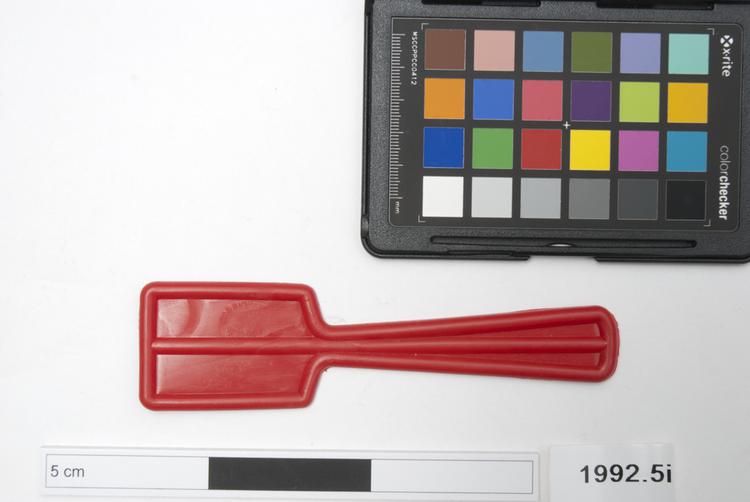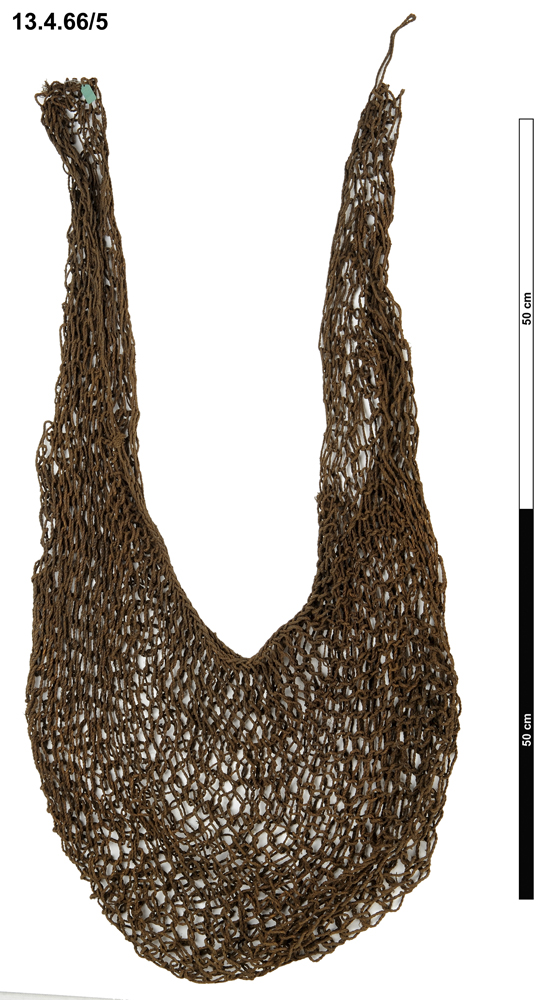
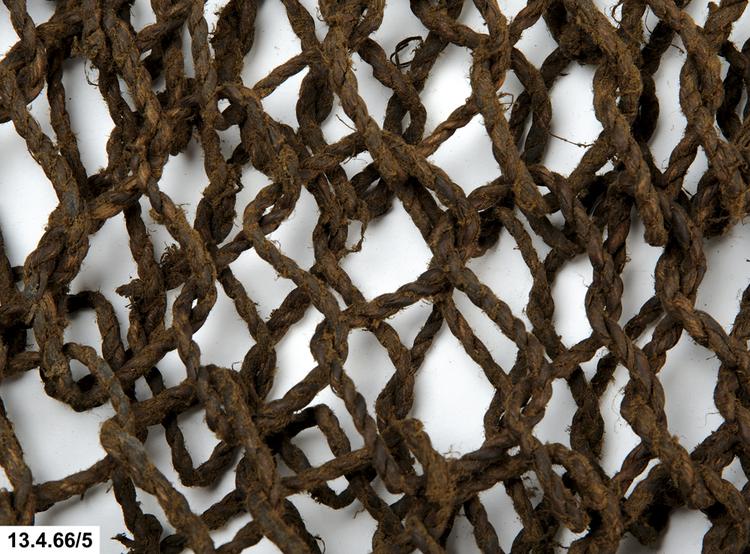
Net bag.
Woman’s Working Bag, Wal Me, Mt. Hagen, Western Highlands, Papua New Guinea. String net bags like this one are among the most important and distinctive objects of Papua New Guinea. More generally termed bilum, such finger-knitted bags are made by women from many different parts of the island in an amazing, and ever-increasing range of styles. The string itself is usually two-ply and rolled together by hand from the processed inner bark fibres of various tree species, including Mulberry (Morus spp.), Paper Mulberry (Broussonetia papyfera) or Fig (Ficus spp.). This Mt. Hagen example, called a wal me, is worn by Western Highlands women with the strap across the forehead and the bag itself covering their upper backs; to cover the back is to dress modestly, and so wal me are also worn as garments, short hooded capes, even when they have nothing in them. Their loose construction means they can expand and stretch to accommodate a wide variety of loads; it is no coincidence that the word bilum also means ‘womb’. Women do much of the hard horticultural labour in Mt. Hagen society, and so these string bags are daily used to carry up to 20kg of sweet potatoes, yams, taro, sugar cane or firewood. Women who are nursing children will also wear a second wal me to act as a baby-carrier. Bark fibre. Collected in 1965 for the Horniman Museum by Professor Marilyn Strathern and Professor Andrew Strathern.



